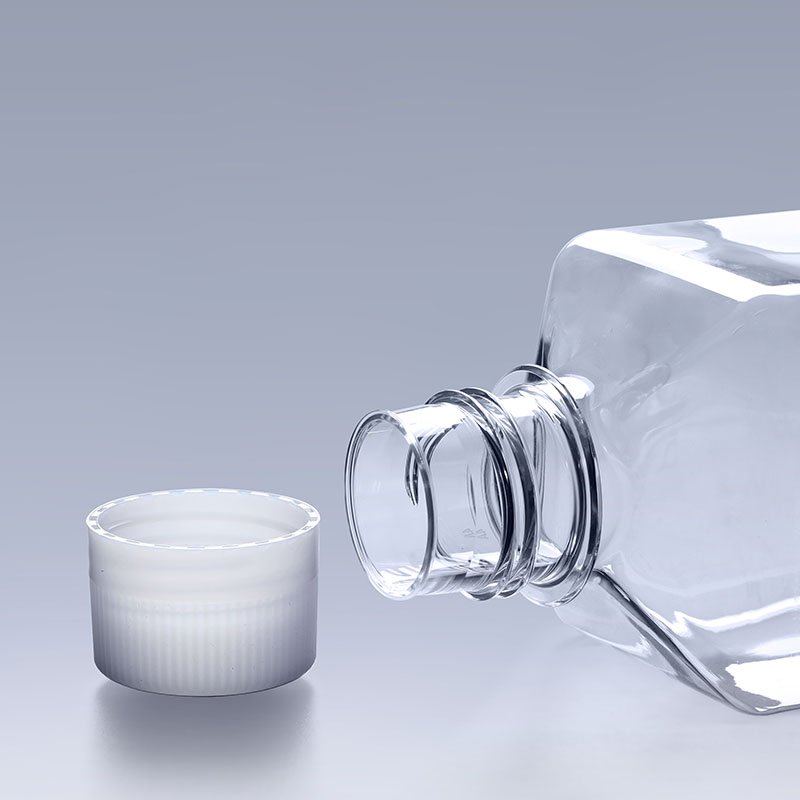In modern biomedicine, serum bottles are one of the ideal containers for storing culture media, serum, and various sterile reagents. Their square design not only provides users with a convenient grip but also offers significant advantages in space utilization.
Convenient Grip: The square design of serum bottles features distinct corners, making them easy to grasp and handle. Compared to other shapes, such as round or oval containers, square bottles are easier to manage. Users can effortlessly remove or replace them on storage racks without the risk of slipping or rolling, enhancing operational convenience and safety.

Space Saving: The square design allows serum bottles to be more compactly stored and arranged, effectively saving space in laboratories or production sites. Unlike round containers, square bottles are easier to stack and arrange, maximizing storage space utilization. This makes laboratory workbenches or production workshops tidier and more orderly, improving work efficiency and overall aesthetic of the workspace.
Enhanced Stability: The square design of serum bottles provides a relatively wider base, increasing their stability on flat surfaces. When placed on laboratory benches or preparation tables, square bottles are less likely to tip or wobble, ensuring the stability of the contained solutions or media. This reduces the risk of accidental spills or liquid fluctuations, contributing to the accuracy and repeatability of experimental results.
In summary, the square design of serum bottles offers numerous advantages, including ease of grip, space saving, and enhanced stability. This design not only improves user experience and operational efficiency but also provides more flexible and efficient options for managing and organizing laboratories or production sites. It has become an indispensable ideal container in the field of biomedicine.
The FAI climbed 5.9 percent year-on-year in the first 11 months of 2018, quickening from the 5.7-percent growth in Jan-Oct, the National Bureau of Statistics (NBS) said Friday in an online statement.
The key indicator of investment, dubbed a major growth driver, hit the bottom in August and has since started to rebound steadily.
In the face of emerging economic challenges home and abroad, China has stepped up efforts to stabilize investment, in particular rolling out measures to motivate private investors and channel funds into infrastructure.
Friday's data showed private investment, accounting for more than 60 percent of the total FAI, expanded by a brisk 8.7 percent.
NBS spokesperson Mao Shengyong said funds into weak economic links registered rapid increases as investment in environmental protection and agriculture jumped 42 percent and 12.5 percent respectively, much faster than the average.
In breakdown, investment in high-tech and equipment manufacturing remained vigorous with 16.1-percent and 11.6-percent increases respectively in the first 11 months. Infrastructure investment gained 3.7 percent, staying flat. Investment in property development rose 9.7 percent, also unchanged.
 English
English


















































